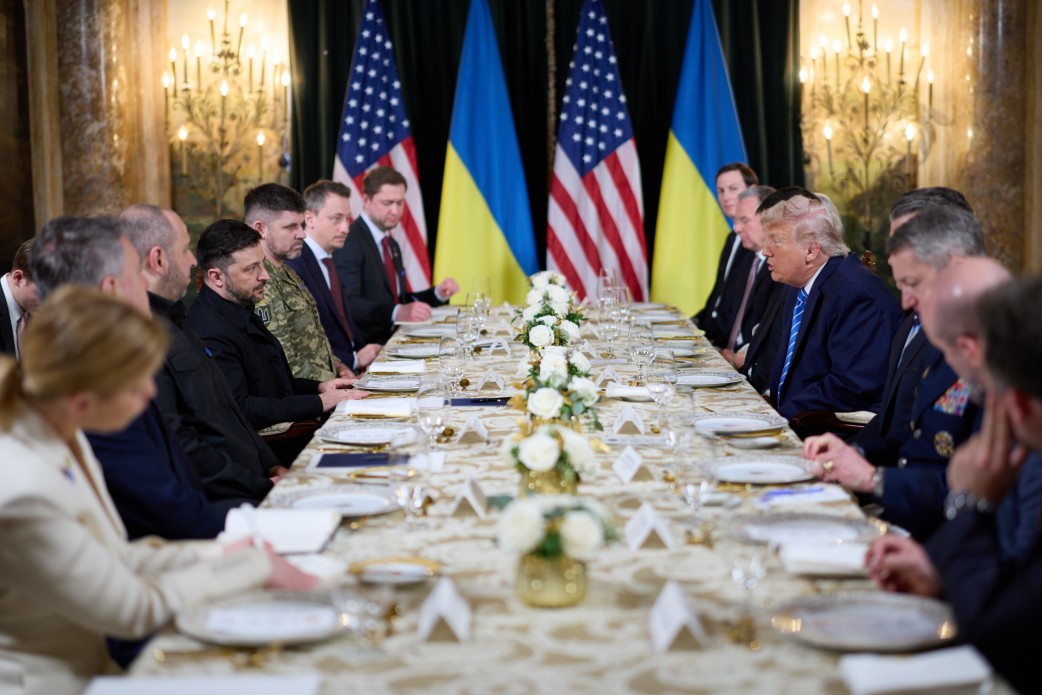The EU member states approved a €35 billion loan to Ukraine funded by revenues from frozen Russian assets, according to the press service of the EU Council. This decision now requires ratification by the European Parliament before it can be officially confirmed.
The assistance aims to meet Ukraine's urgent financial needs, which have increased due to escalating Russian aggression, the Council noted. In September, Ukrainian President Volodymyr Zelensky mentioned that the government plans to use the EU loan for purchasing air defense systems, bolstering the energy sector, constructing bomb shelters, and domestic weapon production.
The €35 billion loan contributes to the G7 countries' initiative—comprising the US, UK, Germany, France, Italy, Canada, and Japan—to provide Ukraine with a $50 billion loan. The funds will be "non-targeted" and "unrestricted," giving Kyiv maximum flexibility in their use, with disbursements expected to start in 2025.
Under the G7 plan, each ally's loan to Ukraine will be gradually repaid using profits from frozen Russian assets, with a maximum repayment period of 45 years.
However, the EU has yet to agree on extending the review and renewal period for sanctions against Russia from 6 to 36 months, a measure opposed by Hungary. This extension is necessary to increase the US's stake in the loan. Washington believes it will ensure that no single EU country can block the renewal of sanctions, unfreeze Russian assets, and jeopardize the entire project. If these funds become unavailable, the West would have to cover the loan costs.
Hungarian Finance Minister Mihaly Varga stated that the issue of extending the sanction review periods against Russia should be addressed after the US elections scheduled for November 5.





















